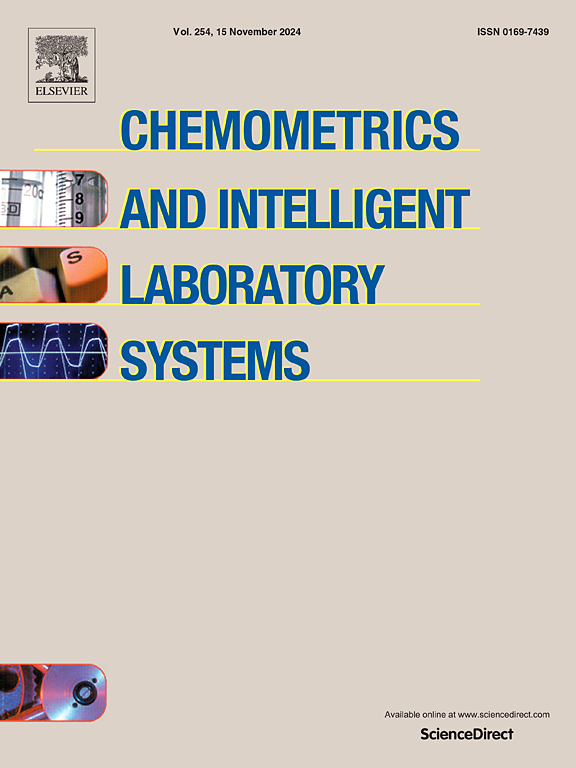Sparse attention regression network-based soil fertility prediction with UMMASO
IF 3.7
2区 化学
Q2 AUTOMATION & CONTROL SYSTEMS
Chemometrics and Intelligent Laboratory Systems
Pub Date : 2024-11-28
DOI:10.1016/j.chemolab.2024.105289
引用次数: 0
Abstract
The challenge of imbalanced soil nutrient datasets significantly hampers accurate predictions of soil fertility. To tackle this, a new method is suggested in this research, combining Uniform Manifold Approximation and Projection (UMAP) with Least Absolute Shrinkage and Selection Operator (LASSO). The main aim is to counter the impact of uneven data distribution and improve soil fertility models' predictive precision. The model introduced uses Sparse Attention Regression, effectively incorporating pertinent features from the imbalanced dataset. UMAP is utilised initially to reduce data complexity, unveiling hidden structures and essential patterns. Following this, LASSO is applied to refine features and enhance the model's interpretability. The experimental outcomes highlight the effectiveness of the UMAP and LASSO hybrid approach. The proposed model achieves outstanding performance metrics, reaching a predictive accuracy of 98 %, demonstrating its capability in accurate soil fertility predictions. It also showcases a Precision of 91.25 %, indicating its adeptness in accurately identifying fertile soil instances. The Recall metric stands at 90.90 %, emphasizing the model's ability to capture true positive cases effectively.
求助全文
约1分钟内获得全文
求助全文
来源期刊
CiteScore
7.50
自引率
7.70%
发文量
169
审稿时长
3.4 months
期刊介绍:
Chemometrics and Intelligent Laboratory Systems publishes original research papers, short communications, reviews, tutorials and Original Software Publications reporting on development of novel statistical, mathematical, or computer techniques in Chemistry and related disciplines.
Chemometrics is the chemical discipline that uses mathematical and statistical methods to design or select optimal procedures and experiments, and to provide maximum chemical information by analysing chemical data.
The journal deals with the following topics:
1) Development of new statistical, mathematical and chemometrical methods for Chemistry and related fields (Environmental Chemistry, Biochemistry, Toxicology, System Biology, -Omics, etc.)
2) Novel applications of chemometrics to all branches of Chemistry and related fields (typical domains of interest are: process data analysis, experimental design, data mining, signal processing, supervised modelling, decision making, robust statistics, mixture analysis, multivariate calibration etc.) Routine applications of established chemometrical techniques will not be considered.
3) Development of new software that provides novel tools or truly advances the use of chemometrical methods.
4) Well characterized data sets to test performance for the new methods and software.
The journal complies with International Committee of Medical Journal Editors'' Uniform requirements for manuscripts.

 求助内容:
求助内容: 应助结果提醒方式:
应助结果提醒方式:


